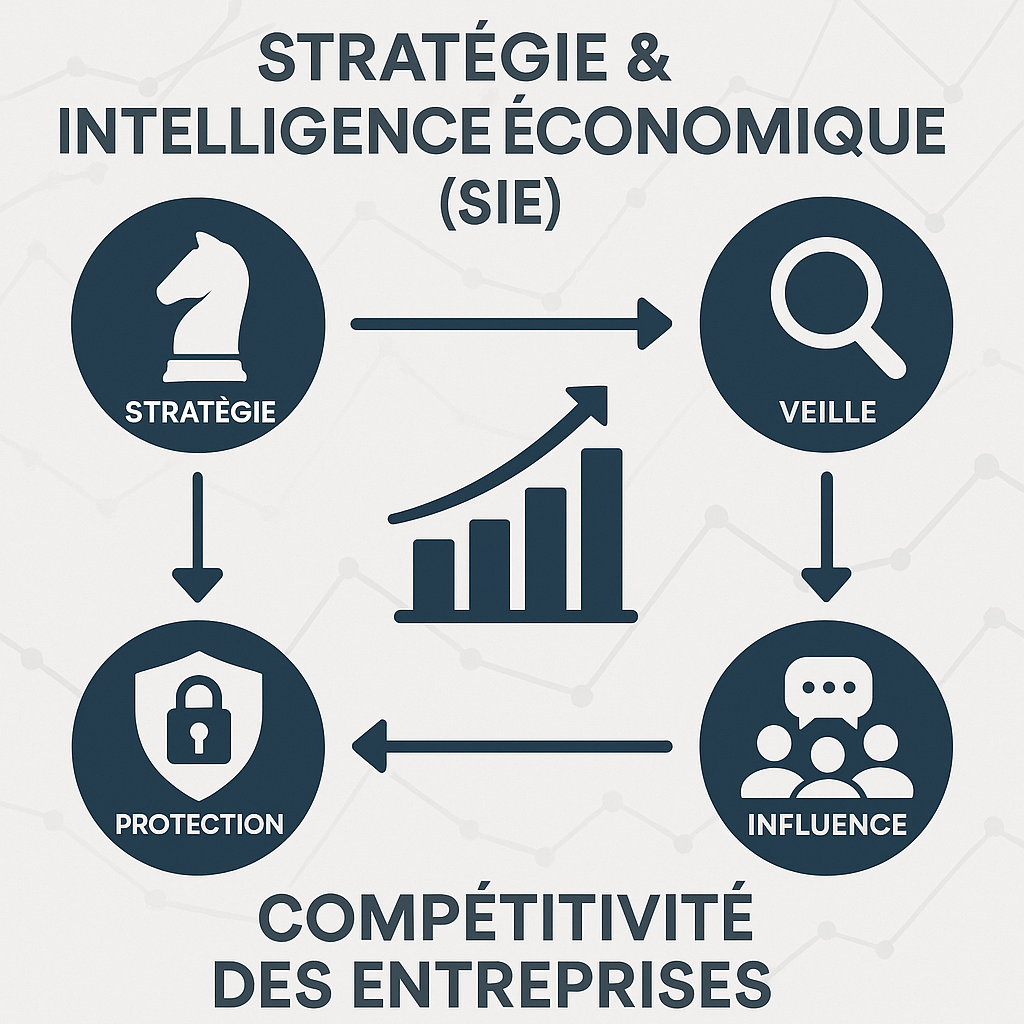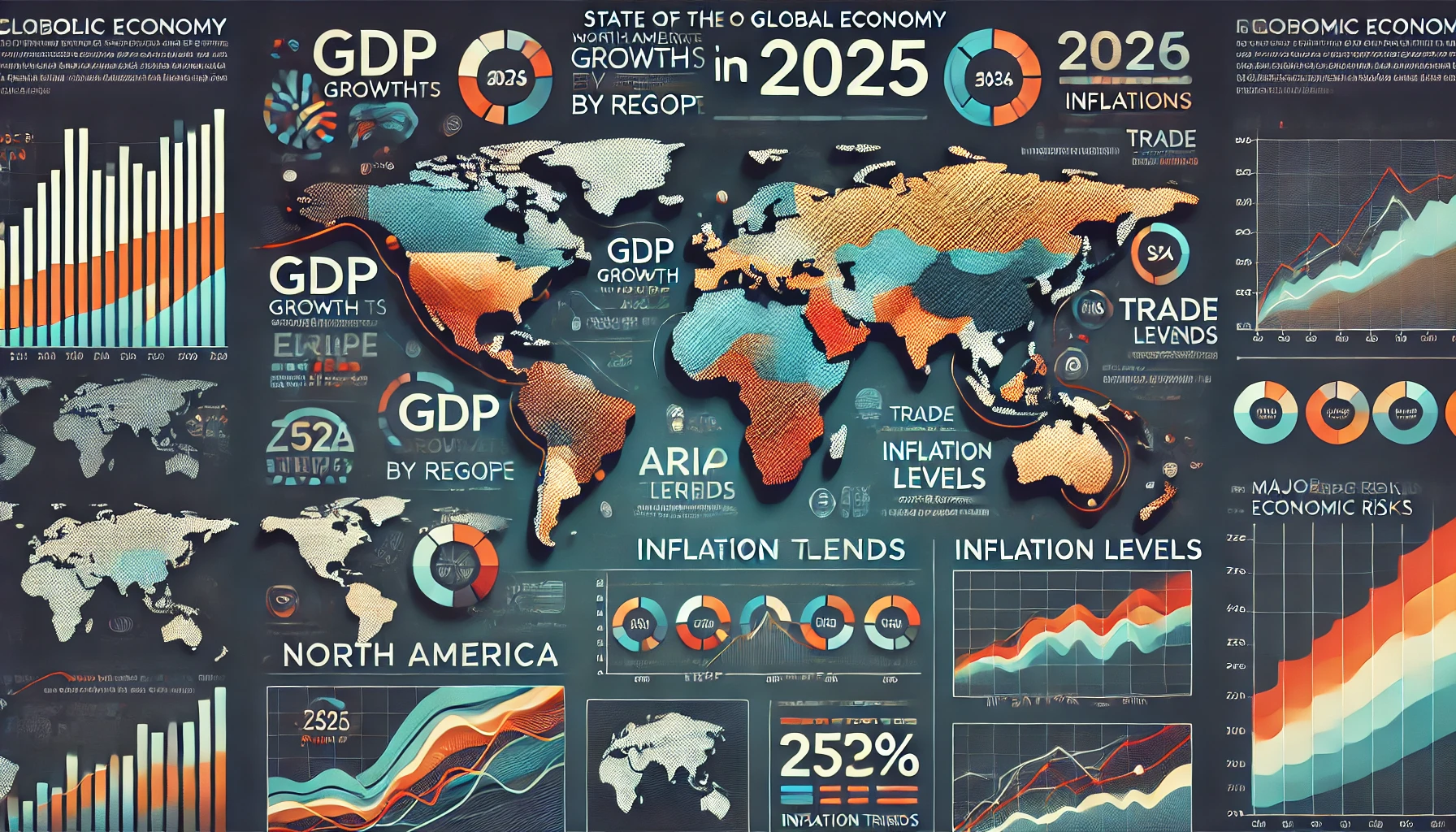The Industry 4.0 revolution, characterized by the integration of advanced digital technologies into manufacturing processes and value chains, presents a series of challenges and opportunities for businesses and industries. Here is a list of the main challenges and opportunities related to its implementation:
Challenges
- Technological Complexity:
- Integration of various technologies such as the Internet of Things (IoT), artificial intelligence (AI), advanced robotics, and blockchain.
- Need for high technical skills and continuing education for employees.
- Security and Confidentiality:
- Increased risks of cyberattacks due to ubiquitous connectivity.
- Protection of sensitive data and intellectual property.
- Initial Costs:
- Significant investments in new technologies and infrastructure.
- Cost of training and requalification of staff.
- Interoperability:
- Difficulties integrating new technologies with existing systems.
- Various standards and protocols may pose compatibility issues.
- Change management :
- Resistance to change among employees and managers.
- Adaptation of organizational and cultural processes to take advantage of new technologies.
- Regulation and Compliance:
- Varied and often changing regulations to comply with
- Legal and ethical challenges related to data use and automation.
Opportunities
- Improved Efficiency:
- Optimization of production processes through automation and real-time data analysis.
- Reduced downtime and operational inefficiencies.
- Mass Customization:
- Ability to produce customized products in large quantities without sacrificing profitability.
- Increased responsiveness to customer needs and preferences.
- Innovation and Product Development:
- Using AI and Big Data to innovate and develop new products.
- Reduction of development cycles and associated costs.
- New Business Models:
- Opportunities for new business models, such as usage-based services (Product-as-a-Service).
- Expansions into new markets and segments through digital capabilities.
- Quality improvement :
- Continuous monitoring and quality control in real time.
- Reduction of human errors and production variations.
- Sustainability and Energy Efficiency:
- Optimization of resource use and reduction of waste.
- Adoption of more sustainable and environmentally friendly manufacturing practices.
- Supply Chain Improvement:
- Increased visibility and real-time management of supply chains.
- Reduction of logistics costs and improvement of responsiveness to disruptions.
- Employee Engagement:
- Training and upskilling opportunities for employees.
- Creation of new types of jobs focused on data management and interpretation.
Conclusion
The implementation of Industry 4.0 requires a balanced strategic approach, taking into account technical, human and financial challenges. By overcoming these challenges, companies can capitalize on the many opportunities offered by this industrial revolution to improve their competitiveness and capacity for innovation.




